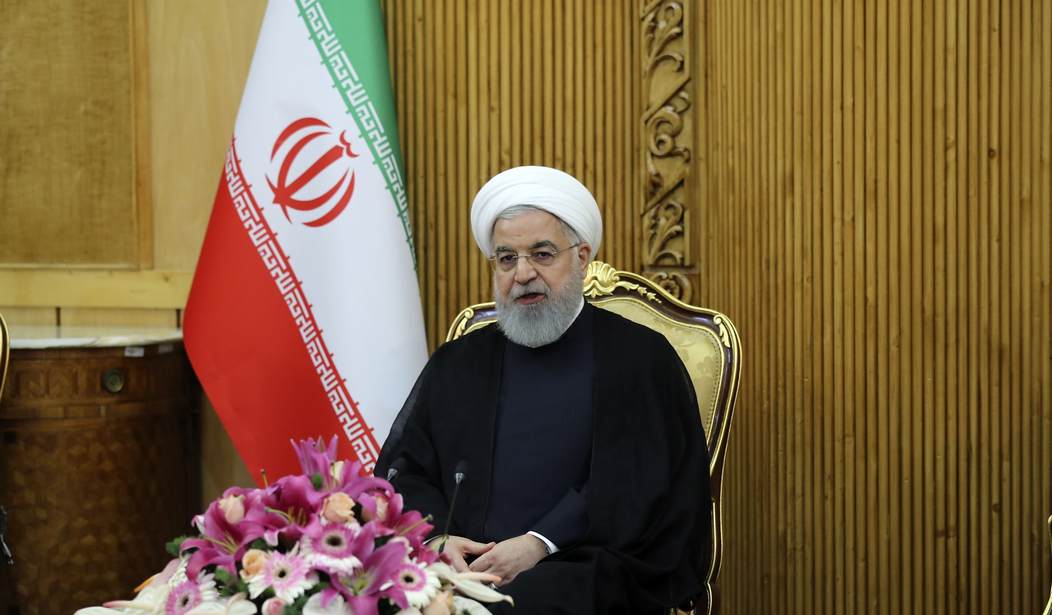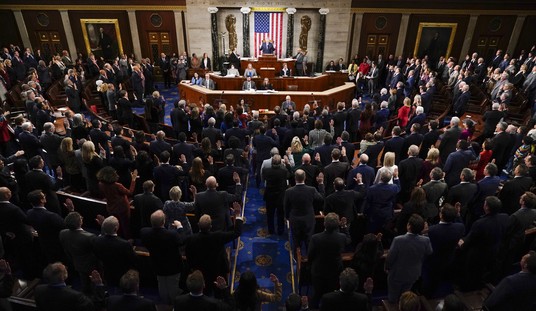Iran admitted on state television Tuesday that its security forces murdered what it called "rioters" in cities across the country after mass demonstrations over a spike in government-set gasoline prices.
“The acknowledgment came in a television package that criticized international Farsi-language channels for their reporting on the crisis, which began on Nov. 15,” the Associated Press reports.
There are no statistics from the regime about the latest demonstrations but Amnesty International estimates more than 200 people have been killed by the government in a very short period of time.
The New York Times reported over the weekend that the number could be higher.
Altogether, from 180 to 450 people, and possibly more, were killed in four days of intense violence after the gasoline price increase was announced on Nov. 15, with at least 2,000 wounded and 7,000 detained, according to international rights organizations, opposition groups and local journalists.
“It’s something pretty unprecedented event in the history of the human rights violations in the Islamic Republic,” Mansoureh Mills, an Iran researcher for Amnesty International, told AP.
Iranian state television acknowledges security forces shot and killed what it described as “rioters” in multiple cities amid recent protests over the spike in government-set gasoline prices. https://t.co/PC76abrcFp
— Alex Salvi (@alexsalvinews) December 3, 2019
While not drawing as many Iranians into the streets as those protesting the disputed 2009 presidential election, the gasoline price demonstrations rapidly turned violent faster than any previous rallies. That shows the widespread economic discontent gripping the country since May 2018, when President Donald Trump imposed crushing sanctions after unilaterally withdrawing from Tehran’s nuclear deal with world powers.
The state TV report sought to describe killings in four categories, alleging some of those killed were “rioters who have attacked sensitive or military centers with firearms or knives, or have taken hostages in some areas.” The report described others killed as passers-by, security forces and peaceful protesters, without assigning blame for their deaths.
In one case, the report said security forces confronted a separatist group in the city of Mahshahr armed with “semi-heavy weapons.”
“For hours, armed rioters had waged an armed struggle,” the report alleged. “In such circumstances, security forces took action to save the lives of Mahshahr’s people.” (AP)
Recommended
During the height of protests Iran shut down internet access so Iranians would not be able to share details with the outside world. In recent days, however, access has been restored and glimpses of the government’s brutality have surfaced.
2/ I interviewed witnesses, including family member & friend of 2 men killed in the marshes, who said the men were unarmed except for one. Among dead a 32 yr father of two & an unemployed 24 yr engineer.
— Farnaz Fassihi (@farnazfassihi) December 3, 2019
4/ Until now the government had completely denied the killing in the marshes. With the story out, witnesses talking & videos leaking they had to make up a story. Branding ethnic Arabs as terrorists is the most plausible scenario for regime.
— Farnaz Fassihi (@farnazfassihi) December 3, 2019
Iran state police are murdering protesters in broad daylight. pic.twitter.com/wPb4QhMrT4
— Ian Miles Cheong (@stillgray) November 22, 2019
Video from recent protests in Iran shows the security forces shooting teargas into a hospital.????
— Iran Momentum (@IranMomentum) December 1, 2019
Footage:
November 2019
Sender:
“They fired tear gas into the hospital”.
(Showing the hospital and emergency entrance).#IranProtests pic.twitter.com/HJsw38RfFU
























Join the conversation as a VIP Member